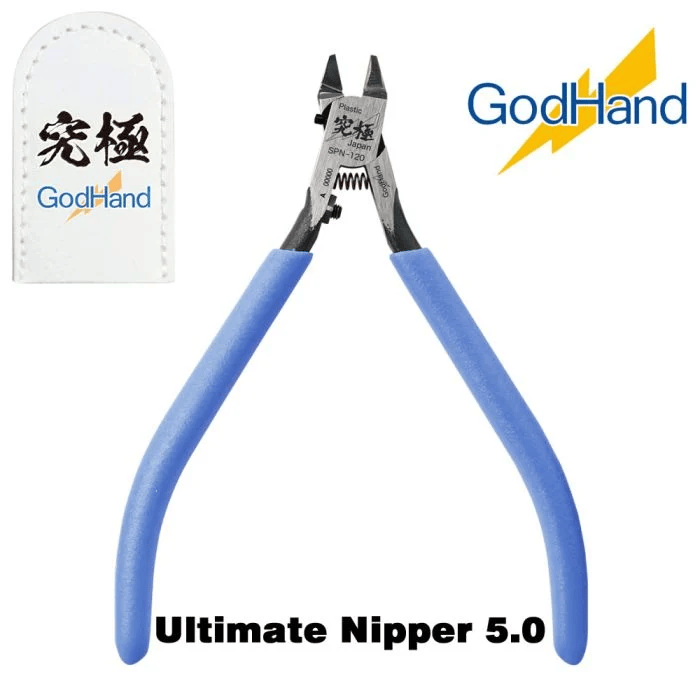Academy 1/144 Boeing USAF KC-97L Stratofreighter # 12640
The Boeing USAF KC-97L Stratofreighter was a military aerial refueling tanker developed by Boeing, primarily used by the United States Air Force (USAF) during the early stages of the Cold War.
It was the last and most advanced variant of the KC-97 Stratofreighter series, which evolved from the C-97 Stratofreighter, itself based on the B-29 Superfortress heavy bomber.
The KC-97L played a vital role in the development of mid-air refueling capabilities that extended the range and operational flexibility of U.S. strategic bombers and fighter jets during the Cold War era.
Design and Specifications:
Role: Aerial refueling tanker, with secondary cargo and transport capabilities.
Crew: The KC-97L typically operated with a crew of five—two pilots, a navigator, a flight engineer, and a boom operator responsible for managing the refueling system.
Dimensions:Length: 35.7 meters (117 ft)
Wingspan: 43 meters (141 ft)
Height: 11.7 meters (38 ft)
Weight:Empty weight: Around 39,000 kg (86,000 lbs)
Maximum takeoff weight: Approximately 79,000 kg (175,000 lbs)
Engine and Performance:
Engines: The KC-97L was equipped with four Pratt & Whitney R-4360 Wasp Major radial engines and two General Electric J47 turbojet engines mounted under the outer wings, one on each side. The addition of the jet engines was a defining feature of the KC-97L variant, designed to improve the aircraft’s speed and performance during refueling operations.
Speed:Maximum speed: 598 km/h (372 mph), with the assistance of the J47 jet engines.
Cruising speed: 450 km/h (280 mph)
Range: The KC-97L had a range of approximately 2,700 km (1,700 miles) fully loaded, although its range could be extended with in-flight refueling.
Service Ceiling: It could fly at altitudes up to 9,500 meters (31,000 feet).
Aerial Refueling System:
The KC-97L featured the flying boom system, the same refueling method that became standard across many U.S. tanker aircraft. The boom was a long, telescopic tube controlled by the boom operator, located in a rear-facing compartment in the tail of the aircraft. This boom connected to the refueling receptacle on other aircraft, allowing for the transfer of fuel while in flight.
In addition to the flying boom, the KC-97L had hose-and-drogue refueling pods fitted on the wingtips, allowing the tanker to refuel fighter aircraft more effectively. This dual-refueling capability made the KC-97L versatile in supporting various aircraft types, including both strategic bombers like the B-47 Stratojet and fighter jets such as the F-100 Super Sabre and F-4 Phantom II.
Key Improvements in the KC-97L Variant:
Jet-Assist Engines: The two J47 turbojet engines provided extra thrust, allowing the KC-97L to better match the speed of faster jet-powered aircraft during refueling operations. This was a critical upgrade from the earlier KC-97G model, which had difficulties keeping pace with modern jet fighters and bombers during in-flight refueling.
Operational Flexibility: With both piston and jet engines, the KC-97L could take off and climb with more ease while carrying heavy fuel loads. The additional jet power also reduced the time spent in refueling formation, making it more effective in high-speed, mid-air refueling missions.
Role and Combat Use:
The KC-97L Stratofreighter was heavily used during the Cold War, playing a key role in extending the operational range of American aircraft, particularly the Strategic Air Command (SAC) bombers tasked with nuclear deterrence.
It was also essential for fighter support, providing refueling to escort fighters during long-range missions. The KC-97L’s ability to refuel both bombers and fighters ensured that the USAF could maintain a global presence.
Although the KC-97L never saw direct combat, it was an essential part of the U.S. military’s nuclear deterrent strategy by enabling strategic bombers like the B-47 and B-52 Stratofortress to stay airborne longer, thus ensuring the capability for long-range missions without having to land for refueling.
Limitations:
Speed Discrepancy: Despite the addition of jet engines, the KC-97L was still slower than most modern jet-powered aircraft, which could cause challenges during refueling operations. It struggled to keep pace with high-performance jets like the B-52 or newer fighter aircraft that entered service in the 1960s.
Range Limitations: Although the KC-97L extended the operational range of its receiving aircraft, its own range was somewhat limited by its aging airframe and radial piston engines. It was eventually replaced by the faster and more capable KC-135 Stratotanker, which had jet engines and could keep pace with newer jets.
End of Service and Legacy:
The KC-97L began to be phased out in the late 1960s and early 1970s, as it was replaced by the more advanced Boeing KC-135 Stratotanker, which could perform faster and more efficient refueling operations thanks to its all-jet engine configuration.
Despite its limitations, the KC-97L was an important stepping stone in the development of modern aerial refueling techniques. It helped refine the flying boom refueling system that remains in use today on aircraft like the KC-135 and KC-46 Pegasus.
The KC-97 series also played a dual role as a cargo and transport aircraft, capable of carrying personnel, cargo, or wounded soldiers in addition to its primary refueling mission. This versatility made it a key asset for the U.S. Air Force during the early Cold War era.
Technical Specifications:
Maximum fuel capacity: Approximately 10,000 gallons (37,854 liters) of aviation fuel for transfer.
Payload capacity (non-fuel): Around 30,000 pounds (13,608 kg) of cargo, depending on configuration.
Refueling rate: The KC-97L could transfer fuel at a rate of 600 gallons per minute through its boom.
In summary, the Boeing USAF KC-97L Stratofreighter was a critical tanker aircraft in the USAF’s fleet during the 1950s and 1960s. Its integration of both piston and jet engines and its ability to refuel a wide variety of aircraft made it a vital link in the U.S. military’s long-range operations and aerial refueling strategy during the early Cold War period. While eventually surpassed by the KC-135, the KC-97L’s contributions to the development of aerial refueling and the logistical capabilities of the USAF were significant.
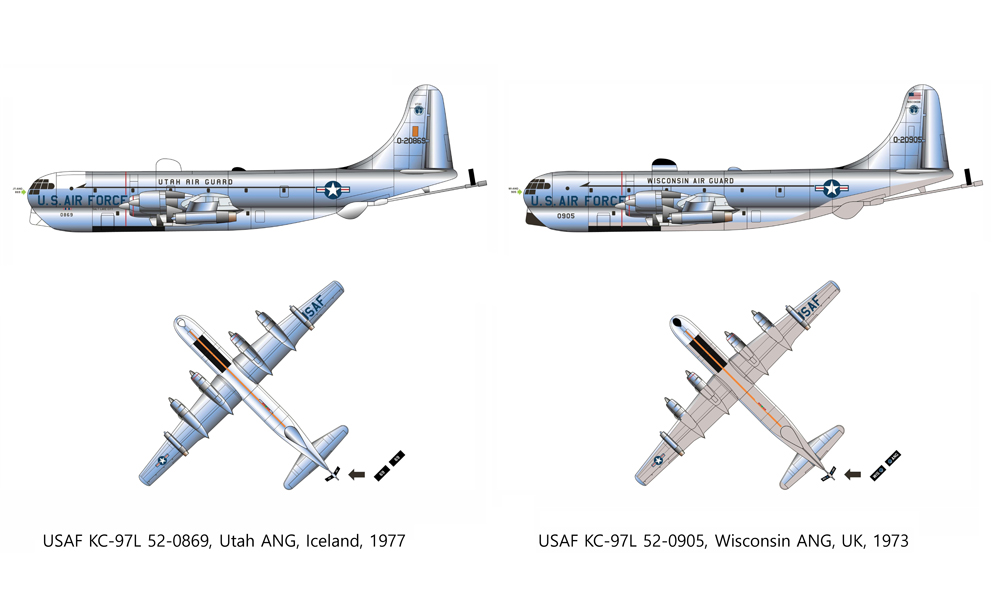

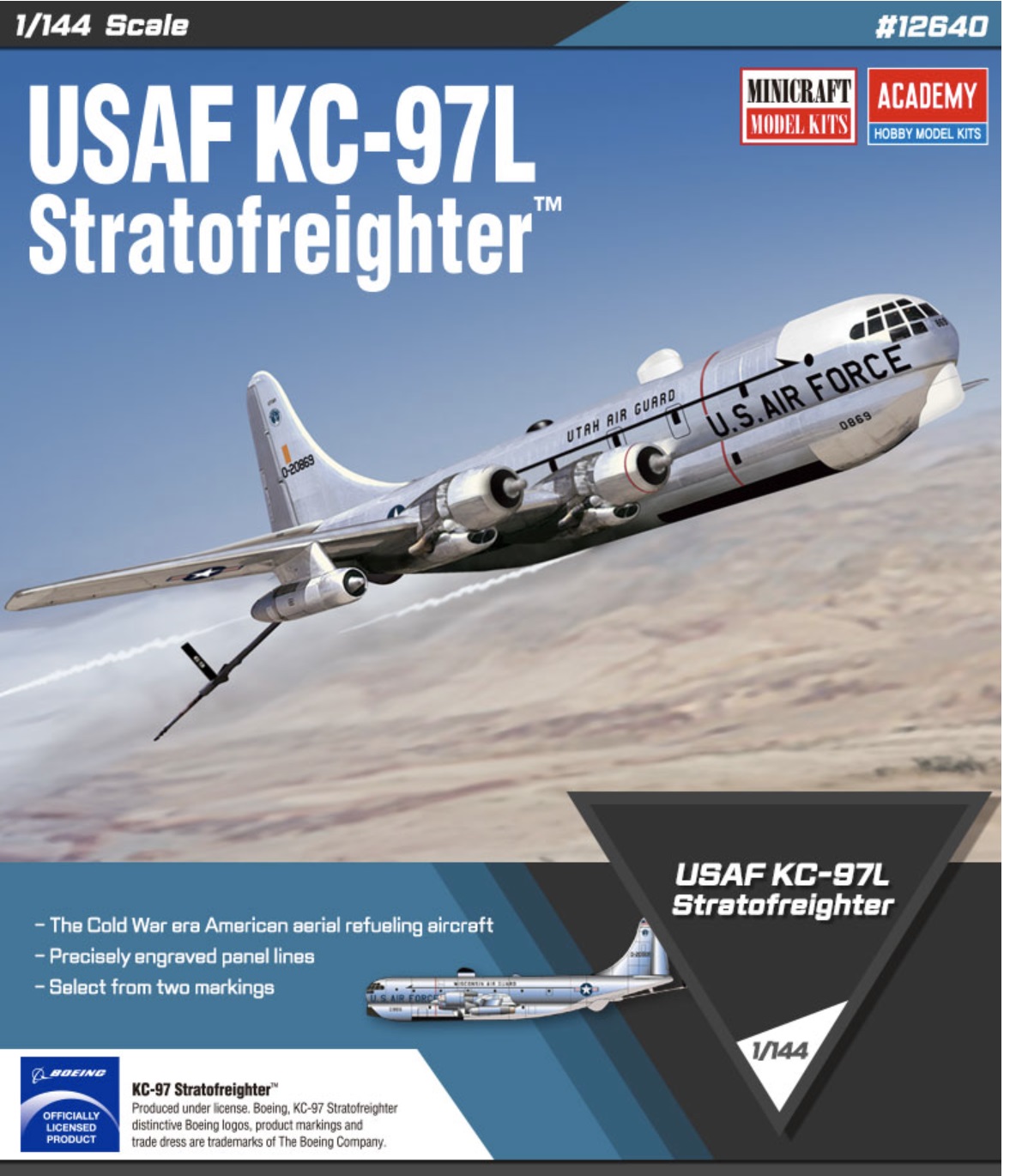

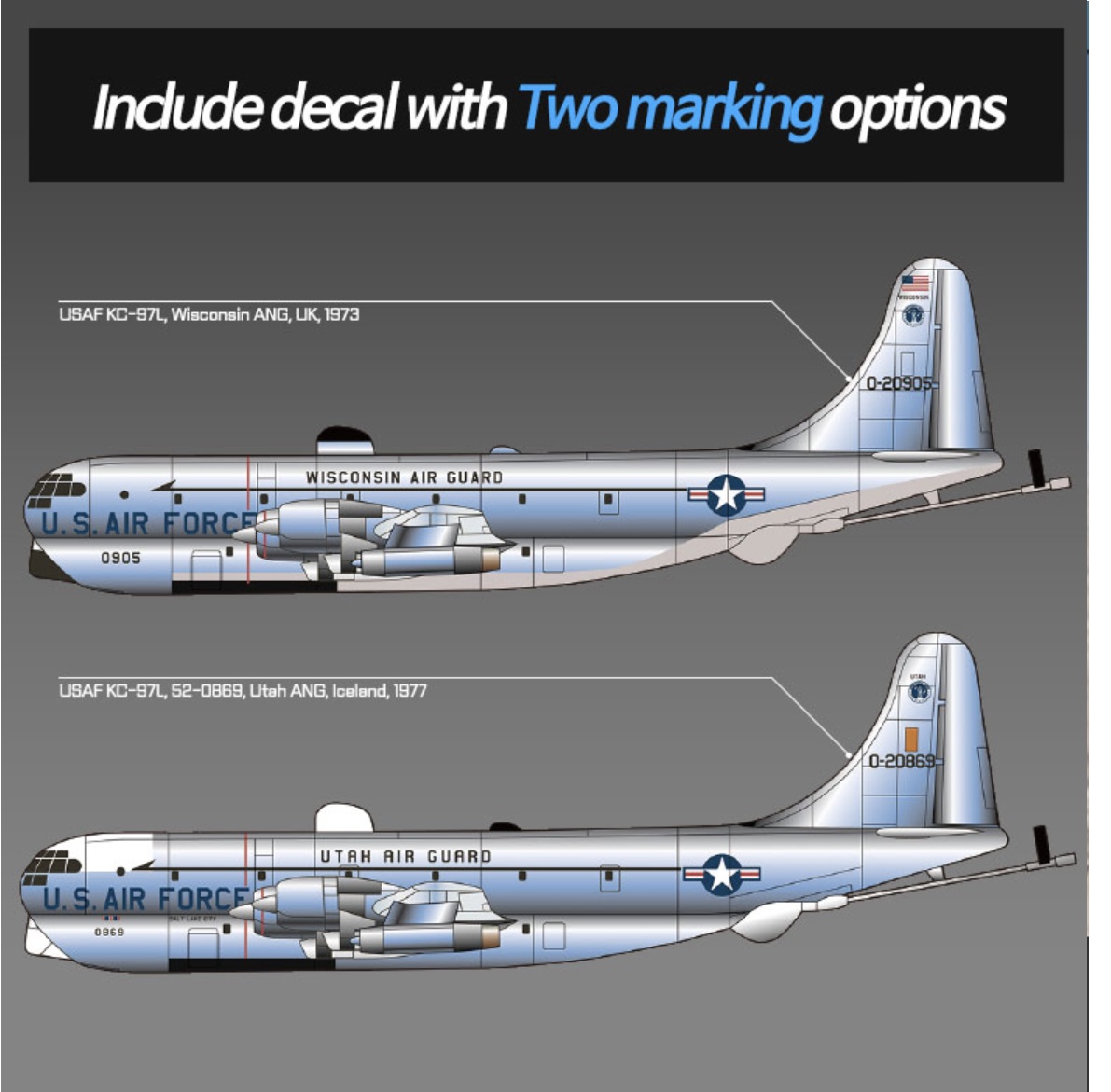

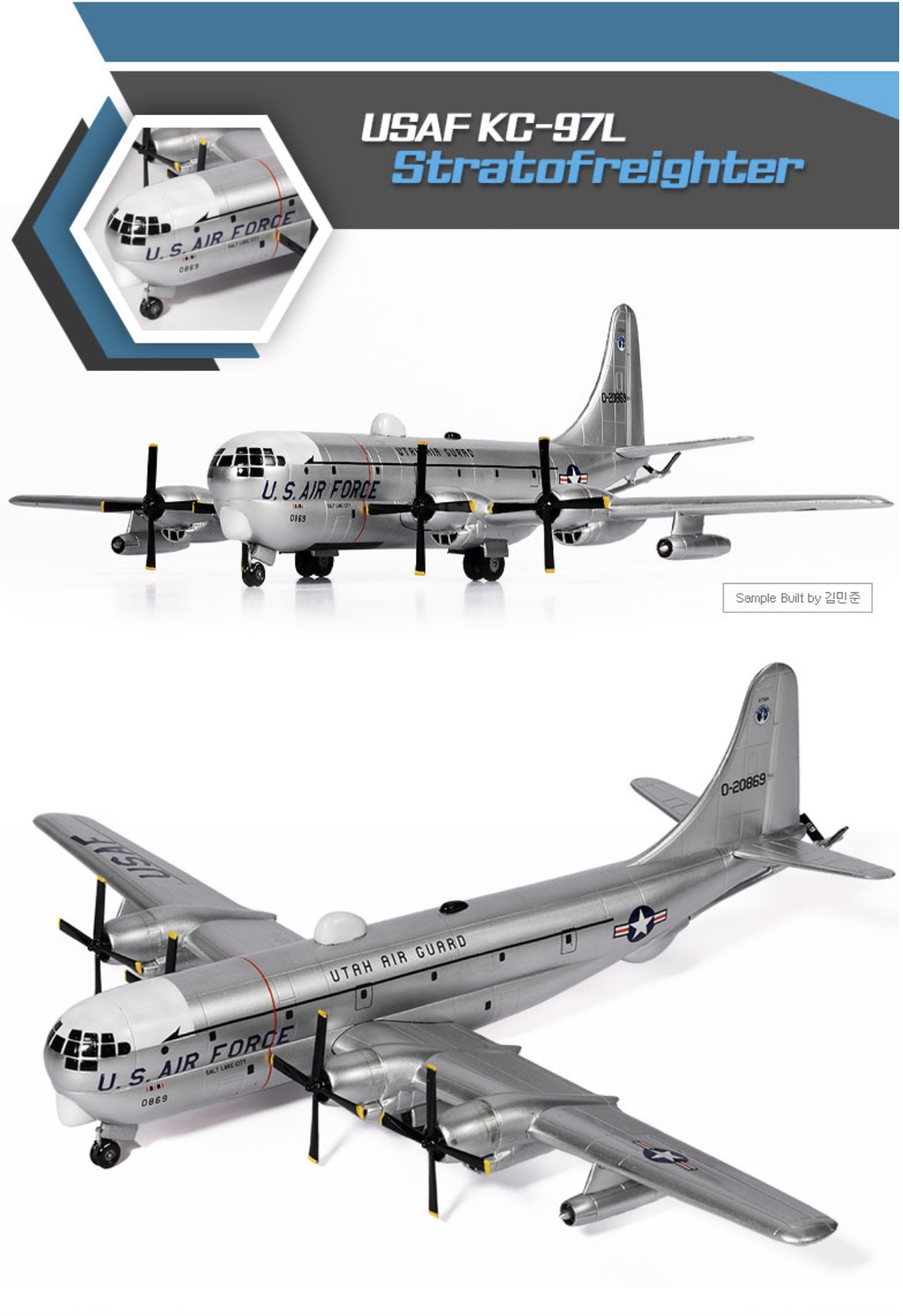

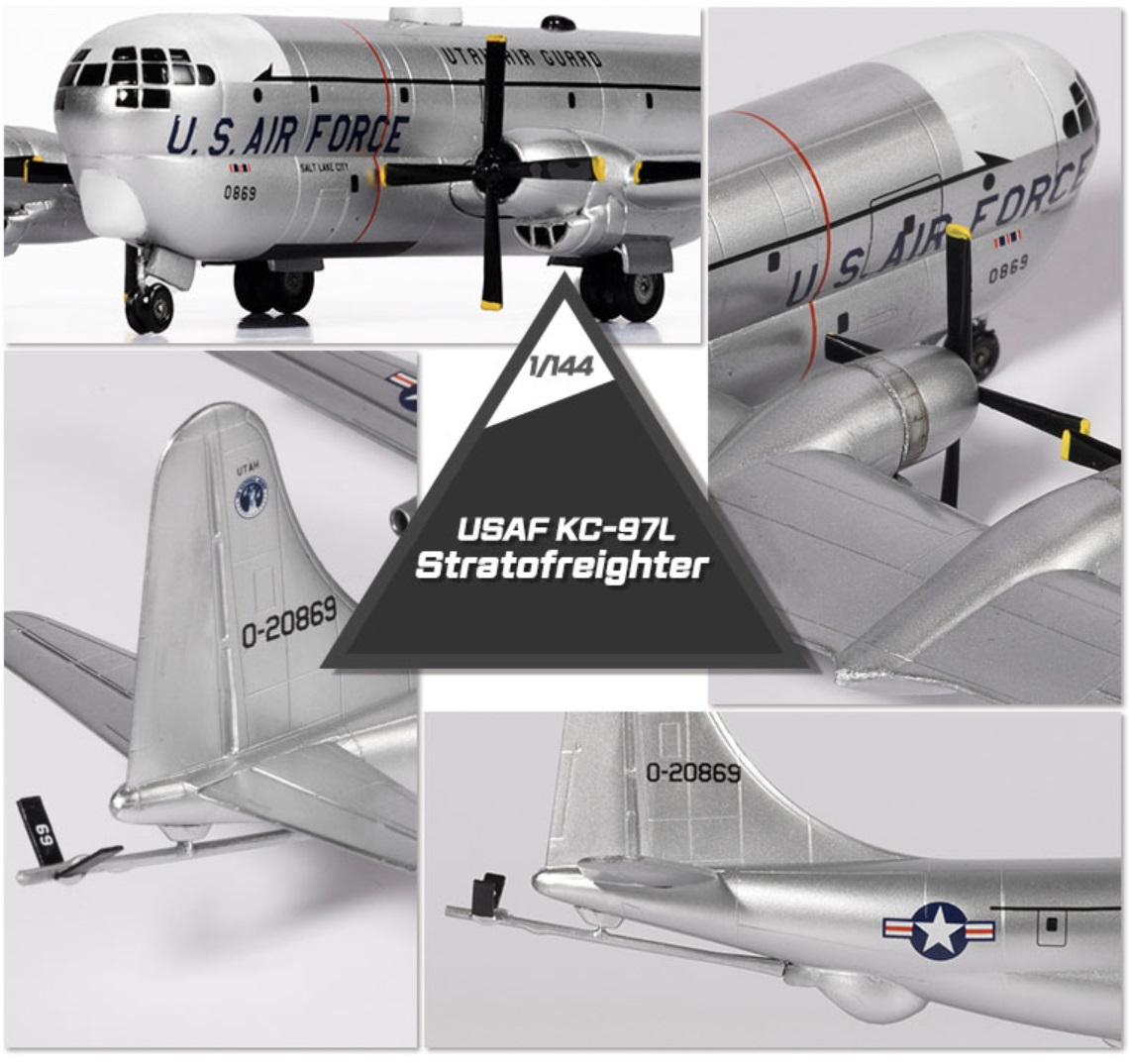

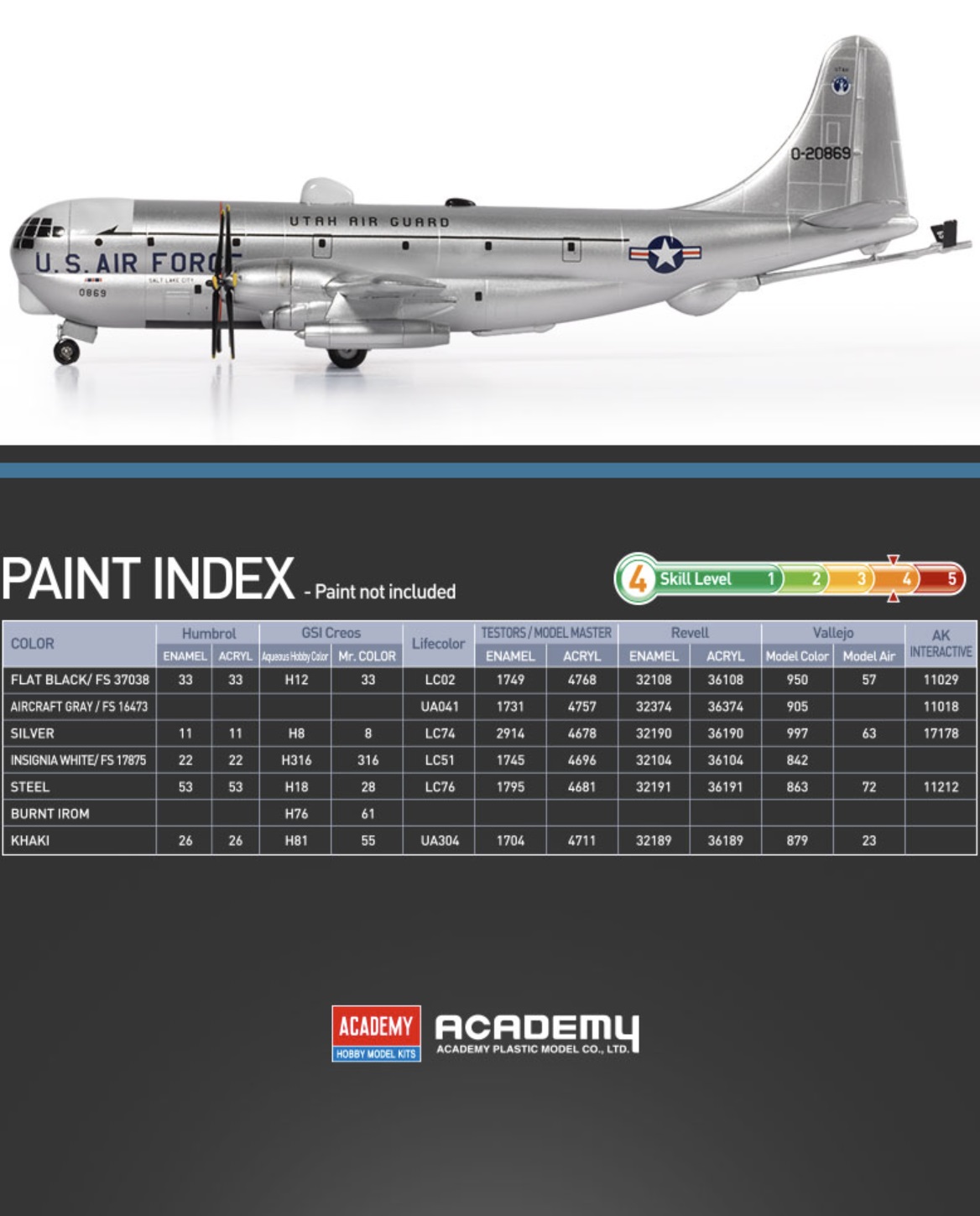

Did you know we are the UK's largest GodHand Tools stockist and official UK distributor!
Check out their amazing Ultimate Nipper 5.0, which is the best Nipper on the market.
All Godhand tools are available for next-day delivery.

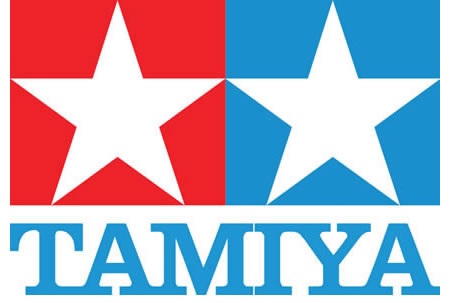
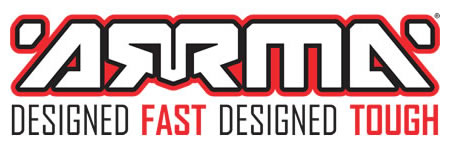
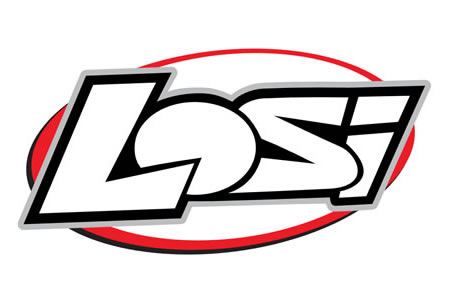
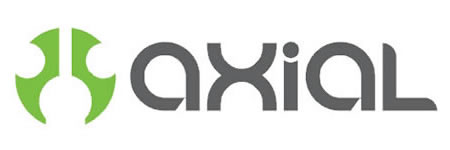
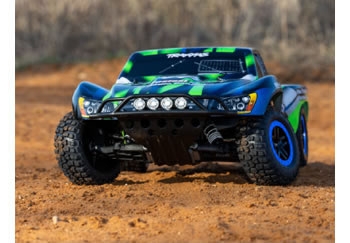
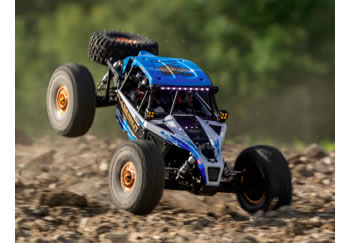
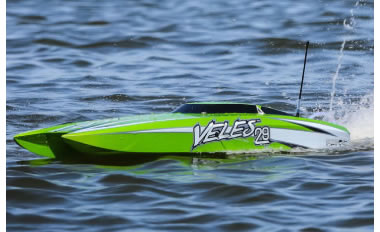
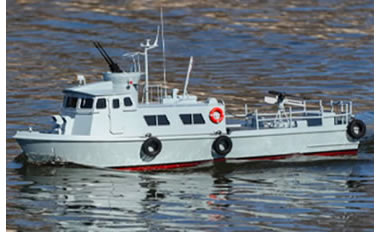
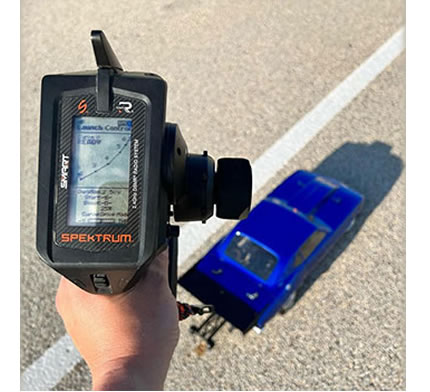
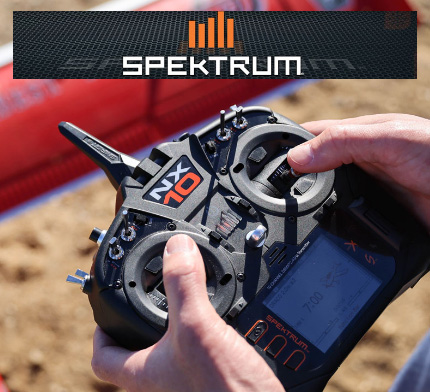
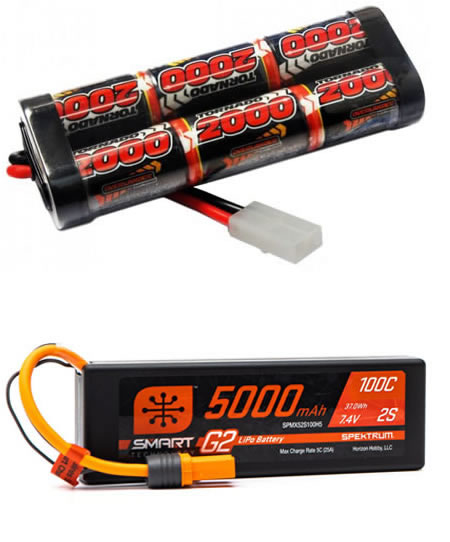
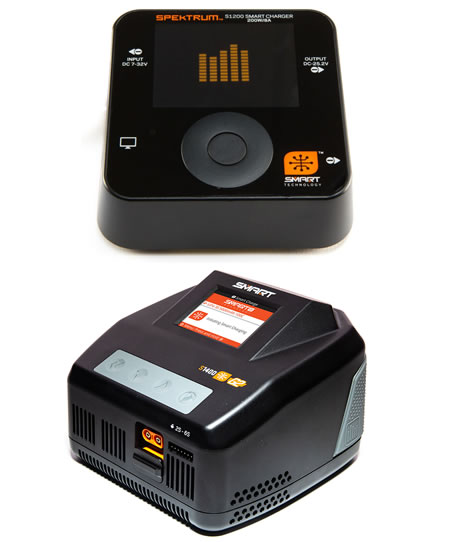
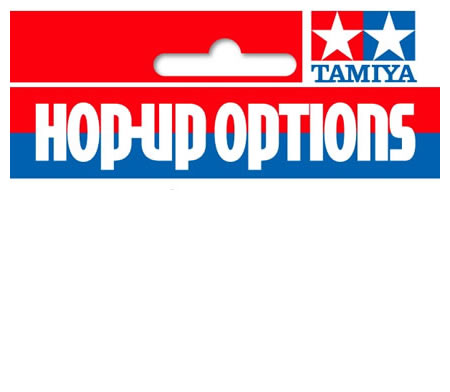
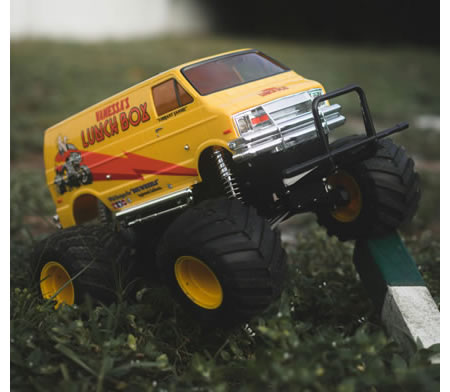
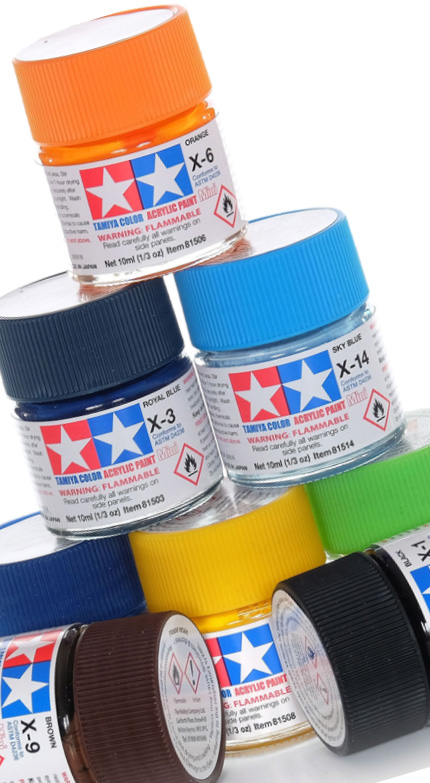
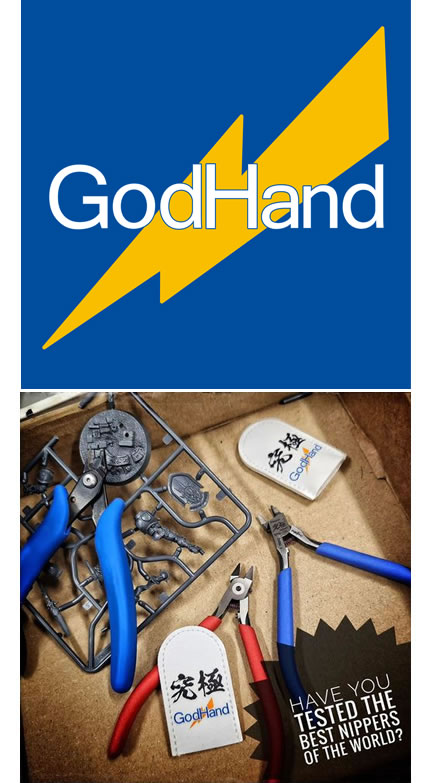
 Spread the cost with Paypal Credit
Spread the cost with Paypal Credit
 Spread the cost with Klarna
Spread the cost with Klarna


